I need to control a heater element (about 500W) using arduino. For switching part I would go with zero-crossing SSR or zero-crossing optoisolator and triac (the second seems to be cheaper).
The question is do I still need a zero-crossing detection for the arduino. The time the load is switched on clearly depends on phase between arduino control pulses and line voltage.


In the first picture the load is switched on about half a cycle. And in the second it's switched on the whole time. But the only difference between these two cases is the phase of signals.
For controlling the heater I probably can make period of the pulses much longer which somewhat solves the problem.
But if I would like to use the same circuit to dimm a light bulb then I need to do zero-crossing detection in the micro controller to keep pulses in phase with AC line? And do I need zero-crossing SSR/optoisolator then?
Does this mean zero-crossing SSRs are suitable only in cases where switching period is long enough that the phase of control signal is not a problem?